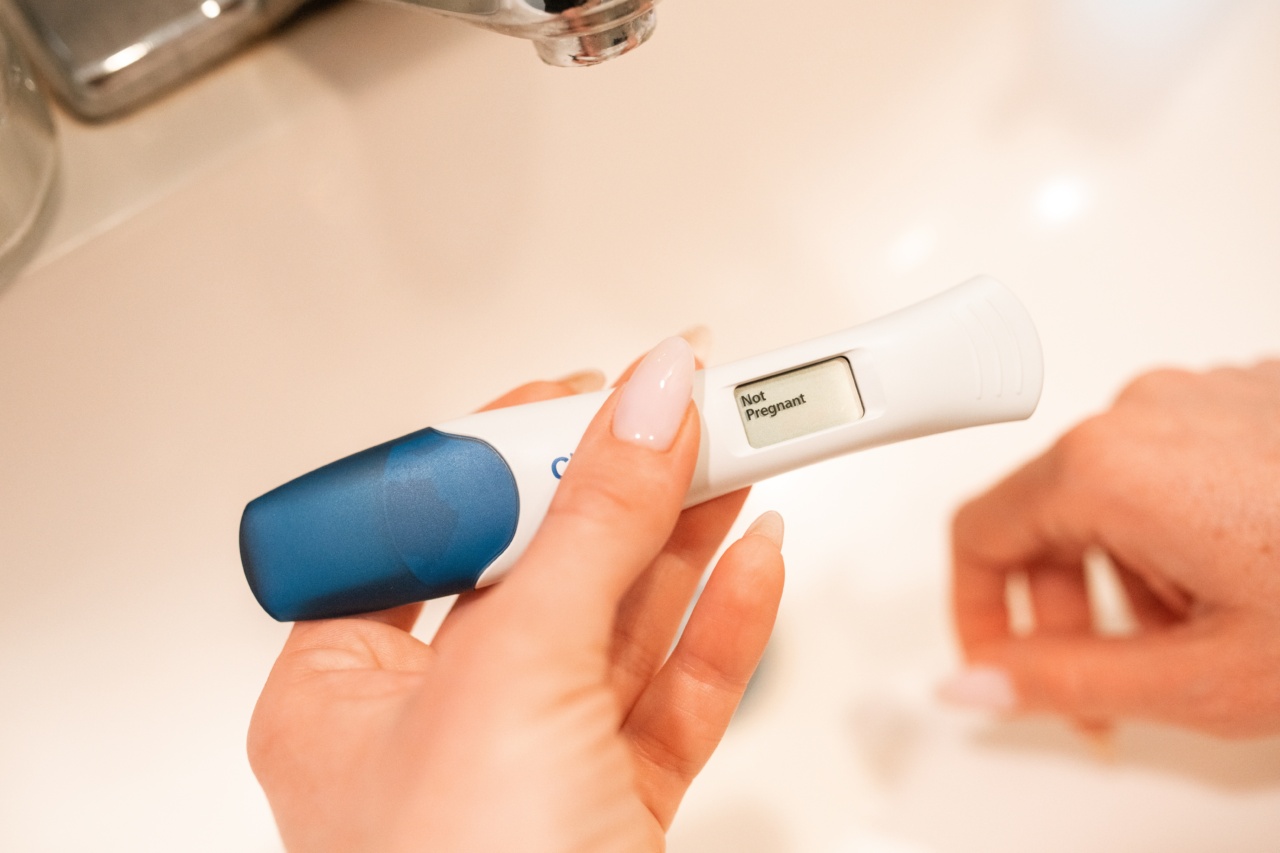Blood pressure is the force of blood pushing against the walls of the arteries as the heart pumps blood. High blood pressure, also known as hypertension, is a common health condition that affects millions of people worldwide.
High blood pressure can lead to various health issues such as heart disease, stroke, kidney disease, and other health complications.
The good news is that high blood pressure can be managed and reduced by following a healthy lifestyle, including a proper diet, exercise, and maintaining a healthy weight.
In this article, we will explore the ideal metabolic combination that can help regulate blood pressure effectively.
Understanding Metabolism and Blood Pressure
The human body has a complex metabolic system that regulates and breaks down various substances in our body to generate energy. The metabolic process impacts blood pressure, as it affects the production of hormones and the way blood vessels function.
Several factors, such as genetics, age, underlying medical conditions, and lifestyle choices, can affect metabolism and blood pressure.
The Ideal Metabolic Combination for Blood Pressure Regulation
To regulate blood pressure, it’s essential to maintain the right balance of metabolic components, such as glucose, lipids, and amino acids. Research suggests that the following metabolic combination can help regulate blood pressure:.
1. Low Carbohydrate Diet
A low-carbohydrate diet can help regulate blood pressure by reducing insulin resistance and improving glucose metabolism. Research shows that a low-carbohydrate diet leads to a decrease in systolic and diastolic blood pressure.
A diet rich in protein and healthy fats can provide energy without spiking blood sugar levels, which can lead to increased blood pressure.
2. Adequate Protein Intake
Protein is essential for maintaining muscle mass and overall health. Research suggests that protein consumption can help reduce blood pressure by improving kidney function, leading to better fluid balance, and lowered blood pressure.
It is essential to consume high-quality protein, such as chicken, fish, eggs, and legumes, to regulate blood pressure effectively.
3. Healthy Fats
Including healthy fats in your diet can help regulate blood pressure by reducing inflammation and improving cholesterol metabolism.
Healthy fats, such as monounsaturated and polyunsaturated fats, are found in foods such as nuts, seeds, avocado, olive oil, and fatty fish. Research suggests that the regular consumption of healthy fats can help lower systolic and diastolic blood pressure.
4. Fiber
Fiber is essential for maintaining healthy digestion and regulating blood pressure.
Fiber-rich foods, such as fruits, vegetables, whole-grain products, and legumes, can help lower blood pressure by reducing cholesterol levels and improving blood vessel function. Research suggests that consuming a high-fiber diet can help lower both systolic and diastolic blood pressure.
5. Magnesium
Magnesium is a mineral that plays a crucial role in regulating blood pressure by improving blood vessel function and reducing inflammation.
Magnesium-rich foods, such as nuts, seeds, leafy greens, whole grains, and legumes, can help regulate blood pressure effectively. Research suggests that people with hypertension often have low levels of magnesium, and increasing magnesium intake can lead to a significant reduction in blood pressure.
6. Potassium
Potassium is a mineral that is essential for maintaining healthy blood pressure levels.
Potassium-rich foods, such as bananas, avocados, leafy greens, tomatoes, and potatoes, can help regulate blood pressure by improving blood vessel function and reducing the effects of sodium in the diet. Research suggests that people who consume a high-potassium diet have lower systolic and diastolic blood pressure levels than those who consume a low-potassium diet.
7. Exercise
Regular exercise is essential for maintaining healthy blood pressure levels. Exercise can reduce the risk of hypertension by improving heart function, reducing inflammation, and improving blood vessel function.
Research suggests that engaging in regular physical activity, such as brisk walking, cycling, swimming, or strength training, can help reduce blood pressure and keep it in the healthy range.
8. Lower Sodium Intake
Sodium is a mineral found in salt that can increase blood pressure by retaining fluid in the body. It’s essential to limit sodium intake by avoiding processed foods, reducing added salt in cooking, and choosing low-sodium options.
Research suggests that reducing sodium intake can lead to a significant reduction in systolic and diastolic blood pressure.
9. Manage Stress Levels
Stress is an essential factor that can influence blood pressure levels. Chronic stress can lead to increased cortisol levels, which can elevate blood pressure.
It’s essential to manage stress levels by practicing stress-reducing techniques such as meditation, deep breathing, yoga, or other relaxation methods. Research suggests that managing stress can help lower blood pressure and improve overall health.
10. Adequate Sleep
Adequate sleep is essential for maintaining healthy blood pressure levels. Research suggests that lack of sleep can cause hormonal imbalances that can increase blood pressure.
It’s essential to aim for seven to eight hours of sleep per day and maintain a consistent sleep schedule to regulate blood pressure levels.
Conclusion
Blood pressure regulation is essential for maintaining overall health and reducing the risk of various health complications.
Following an ideal metabolic combination that includes a low-carbohydrate diet, adequate protein intake, healthy fats, fiber, magnesium, potassium, exercise, lower sodium intake, stress management, and adequate sleep can significantly impact blood pressure levels. By adopting healthy lifestyle choices, it is possible to regulate blood pressure and reduce the risk of hypertension-related health issues.































